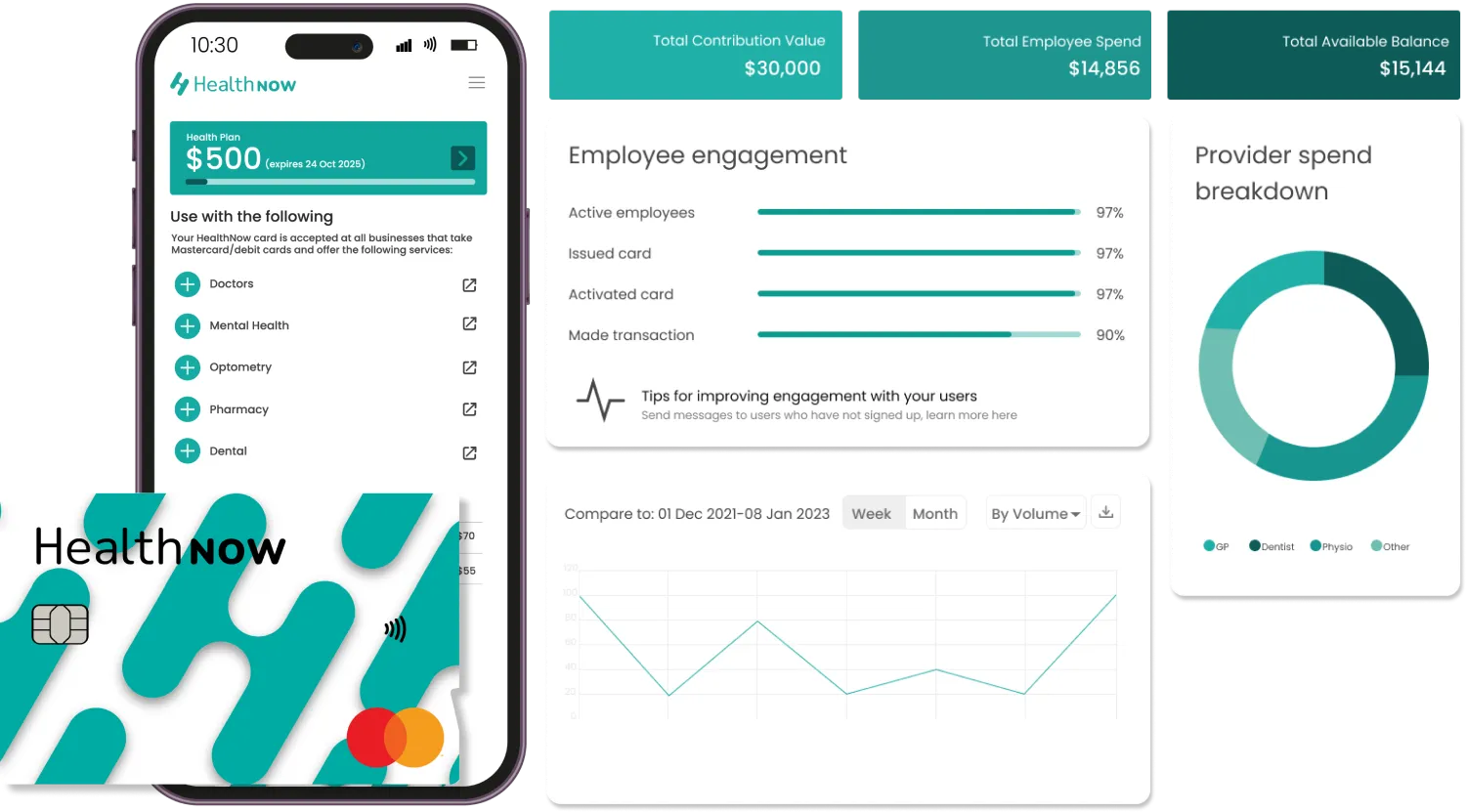According to the research, burnout is a work-related mental health impairment comprising three dimensions: emotional exhaustion, depersonalisation and reduced personal accomplishment. Emotional exhaustion is the state of being depleted of one’s emotional resources, depersonalisation refers to a negative, cynical and detached approach to people under one’s care, and reduced personal accomplishment refers to a sense of low self-efficacy and negative feelings towards one’s self.
In the workplace, burnout is a pervasive issue that leads to decreased productivity as exhausted and disengaged employees struggle to deliver their best work, resulting in lower quality and efficiency. Burnout also contributes to increased absenteeism and turnover rates, disrupting workflow and incurring recruitment and training costs for the business. Additionally, burnout erodes employee engagement, morale, and customer service quality, which can lead to customer dissatisfaction and damage the business’s reputation. The health-related costs of burnout, the decline in innovation and creativity, and the negative organisational culture it creates further compound the detrimental effects on businesses. So what are the top causes of employee burnout?
Excessive Workload And Unrealistic Expectations
One leading cause of burnout is an overwhelming workload combined with unrealistic expectations. When employees consistently face an excessive amount of work, tight deadlines, and unrealistic targets, they experience chronic stress and fatigue. As the pressure mounts, their motivation wanes, leading to decreased productivity and potential burnout. Businesses suffer as productivity and quality of work decline, and employees become disengaged.
Lack Of Control And Autonomy
A lack of control and autonomy over one’s work can also be a significant contributor to burnout. When employees feel micromanaged or have little say in decision-making processes, it erodes their sense of ownership and purpose. The constant feeling of being trapped and unable to exert their expertise leads to frustration and disengagement. In turn, businesses face reduced innovation, diminished creativity, and increased turnover due to employees seeking environments where they have more control over their work.
Insufficient Recognition
The absence of recognition and rewards for employees’ efforts can also contribute to burnout. When employees consistently give their best without acknowledgement or appropriate rewards, they feel undervalued and unappreciated. Over time, this diminishes their motivation and leads to burnout. Businesses that fail to recognise and reward employees risk a decline in morale, reduced job satisfaction, and increased turnover as employees seek appreciation elsewhere.
Work-Life Imbalance
An imbalance between work and personal life is a significant cause of burnout. When employees find it challenging to allocate time and energy to personal commitments, relationships, and self-care, they experience chronic stress and fatigue. The lack of time for relaxation and rejuvenation takes a toll on their well-being, leading to burnout. Businesses are affected as burnout leads to decreased productivity, increased absenteeism, and a negative work environment.
Lack Of Social Support
A lack of social support within the workplace contributes to burnout. When employees feel isolated, disconnected, or experience poor relationships with colleagues or superiors, it hampers their overall well-being and job satisfaction. The absence of a supportive work environment amplifies stress and emotional exhaustion, increasing the risk of burnout. Businesses suffer as communication and collaboration decline, teamwork falters, and creativity is stifled.
Unclear Expectations And Role Ambiguity
Unclear expectations and role ambiguity can lead to burnout. When employees are unsure about their responsibilities, objectives, or performance expectations, it creates stress and confusion. Without a clear understanding of their role, employees may feel overwhelmed, anxious, and unable to meet expectations. This can lead to burnout and negatively impact businesses through decreased productivity, errors, and potential conflicts.
Lack Of Growth And Development Opportunities
A lack of growth and development opportunities is a significant cause of burnout. When employees feel stagnant in their roles, without opportunities for advancement, skill development, or learning, they may become disengaged and frustrated. The absence of professional growth prospects reduces motivation and leads to burnout. Businesses experience a loss of talent, decreased innovation, and lower employee retention rates.
Health-Related Factors
Employee burnout can also be influenced by health-related factors. Prolonged stress, exhaustion, and neglecting self-care can lead to physical and mental health issues, including chronic fatigue, anxiety, and depression. These health challenges not only affect individuals but also have detrimental effects on businesses. Decreased productivity, increased absenteeism, and higher healthcare costs are among the consequences of burnout-related health issues.
When it comes to the health-related factors of burnout, this is one area that can be easily supported by employers through employer aid payments – the effects of which can then transcend into other areas including greater control, recognition and a better work-life balance.
Employer aid works by designating a set amount of funds to each employee annually (decided by the business) that is to be used specifically for health and wellness purposes. Accessing these funds works much in the same way as a digital bank account, presented as a digital card on your phone, and being accepted at any eftpos terminal where Mastercard is accepted.
As an employer, you can grant access to the entire HealthNow suite of health providers and services – or limit certain services as you see fit. This gives you the confidence of knowing that the funds can only be used for health-related services and appointments while giving your team the control and independence that is appreciated by employees. You even get a breakdown of how the funds were spent overall within a year – meaning that you gain vital information and insight that can help guide future wellness initiatives that will be well received, instead of those that will be left unused and unappreciated. Any funds that are unused within the allocated year are not charged.
The beauty of employer aid payments is that you’re also showing your employees your trust and dedication to their health by enabling them to control how they care for their health. They are free to focus on proactive measures, without being limited to the strict terms and conditions, exclusions, or policies enforced by private health insurance providers that don’t acknowledge a person’s unique circumstances – and typically only cover “reactive” care when they’re already unwell, instead of proactive care that supports them in building and maintaining their health and well-being.
Ready to take the next step to retaining (and attracting) healthy, happy employees? Get started with HealthNow today.







